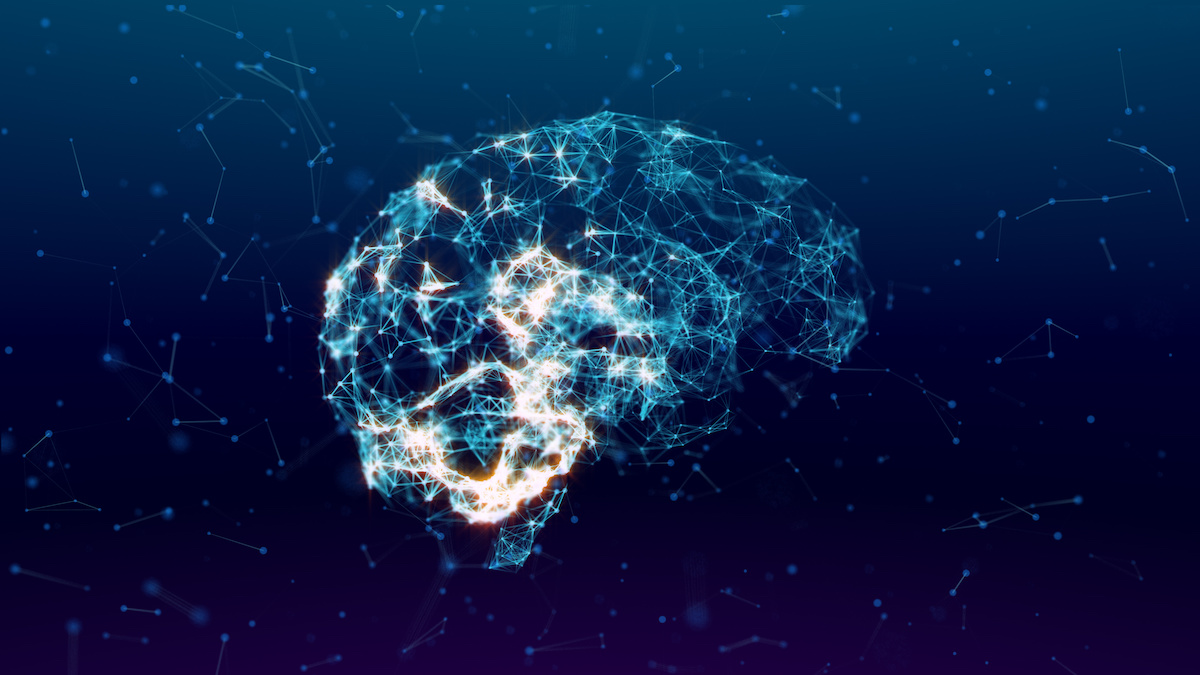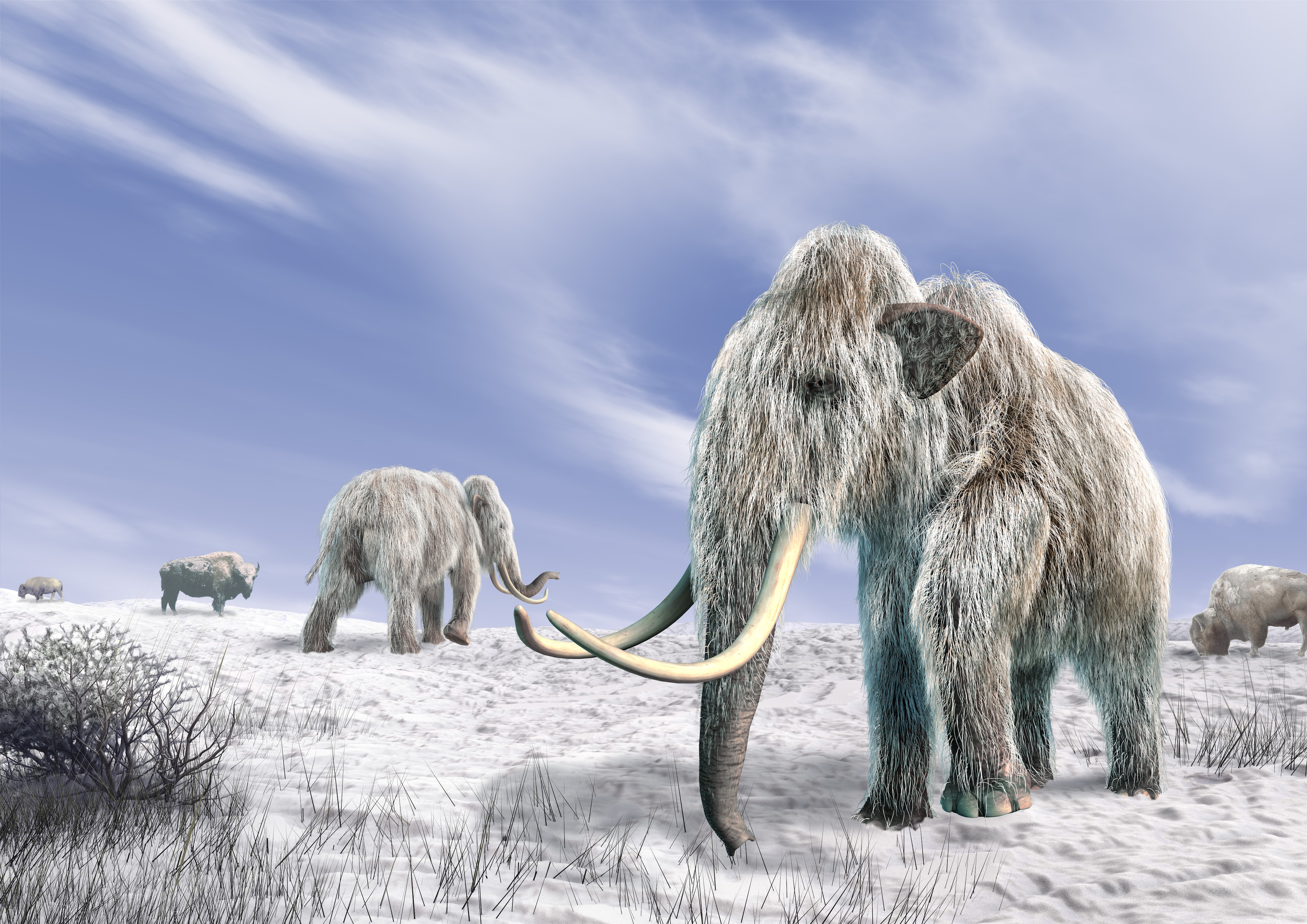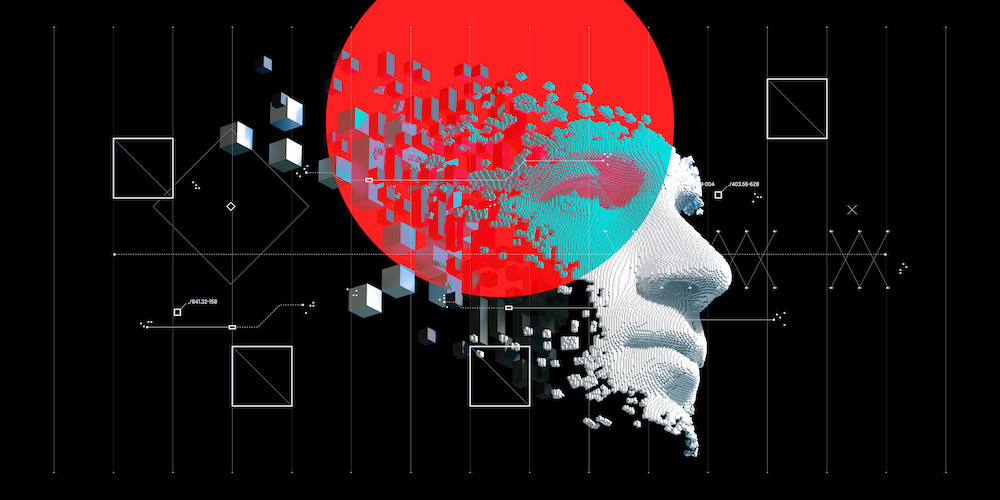A famous thought experiment from the 1970s is more relevant today than ever before.
Search Results
You searched for: Birds
Social media distorts the reality of the public sphere.
Deep underwater, temperatures are close to freezing and the pressure is 1,000 times higher than at sea level.
A study uses sugar water experiments to show that hummingbirds can see colors invisible to us.
Masks are great, but what happens when we try to throw out a billion masks at once?
Scott Dikkers discusses comedy, the creative process, and life lessons learned playing peekaboo.
Awareness of one’s own heartbeat has some positive effects.
The human brain is only the latest chapter in the ancient story of thinking on Earth.
In ancient Greece, the Olympics were never solely about the athletes themselves.
The Russian mindset is characterized by cynicism and distrust.
Mammals have a history stretching back 325 million years. To study that ancient history is to know our own origins.
An intriguing theory explains animals’ magnetic sense.
Starling flocks, schools of fish, and clouds of insects all agree.
Society-changing ideas form through a three-stage process, argues author Michael Bhaskar.
Maybe you’ve been wondering if you’re seeing one persistent squirrel or a rotating cast of characters.
While other factors exist, sexual prowess appears to have helped determine the role of Protoceratops frills.
Walter Pitts rose from the streets to MIT, but couldn’t escape himself.
These pink feathered folk form complex social networks and are choosy about who they spend their time with, according to a new study.
It occurred naturally, and scientists know this for certain. Starting in late 2019, a novel strain of coronavirus, SARS-CoV-2, began infecting human beings for the very first time. Discovered in samples […]
It’s a very human behavior—arguably one of the fundamentals that makes us us.
With lizard-like eyes and sharp teeth, this strange creature was likely smaller than your thumb.
Research shows that sparrows and other animals use plants to heal themselves.
First, recognize that our genes make us worrywarts.
It’s all well and good to discuss how our humanity evolved – but what even is humanity?
We don’t know with 100% certainty where SARS-CoV-2 first came from or how it first infected humans. But not all options are equally likely.
First picture of worldwide bee distribution fills knowledge gaps and may help protect species.
At the height of the first wave, many people took heart from the drop in air pollution resulting from global lockdowns.
Batrachopus grandis, an ancient crocodylomorph, may have chased down land prey on its own two feet.
Crocodiles have been called “living fossils.” That is, the species has remained unaltered for vast periods of geologic time. They’ve become so perfectly adapted to their ecological niche that millions […]
A new study at Emory Vaccine Center gets into the bone marrow.





























